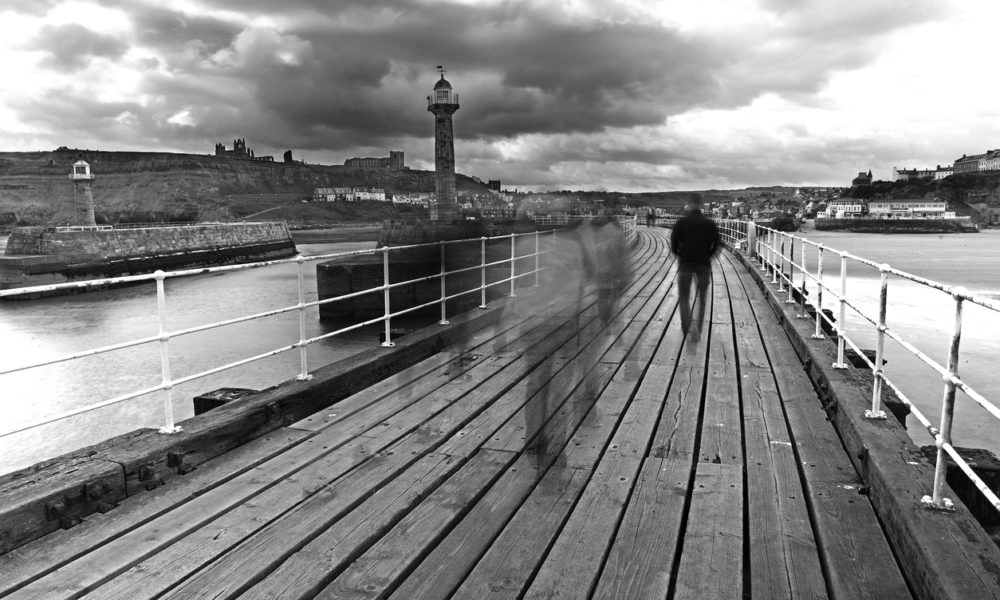Pannett Park, Whitby
You probably know of the many things which Whitby has to offer, such as the Abbey, the beaches, great places to eat and drink, the harbour, shops and entertainment; but, do you know about Pannett Park? Pannett Park is open all year round, is free of charge and just a short walk (uphill) from the railway station.
Back in 1902 Robert Elliott Pannett purchased the land which was being used for orchards, nurseries and market gardens, then spent years encouraging Whitby Urban District Council to make it into a park. He wanted a place in the town where people could escape the wind and enjoy nature. Sadly, the council would not finance the idea until Mr Pannett died. He had set up a Trust to create the park and an art gallery to house his art and other collections. Over the years the park was designed, created and improved, year on year.
What can you find at the park?
The Lily Pool
The original Lily Pond and its shelter were commissioned by the widow and daughters of Captain Thomas Kirby in his memory. This shelter was demolished in 1996 as it became unable to repair. The new structure features open rear and side panels to ensure views through the shelter and for security. There is now a fountain, rockeries and seating.
Children’s play area
There is a children’s play area, which has been designed with Whitby’s Maritime Heritage in mind. It follows designs by local children and is suitable for children of all ages.
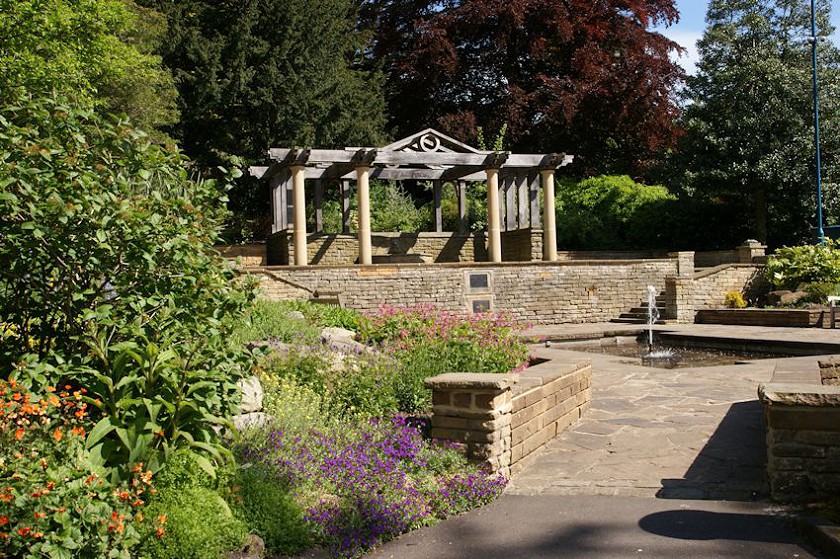
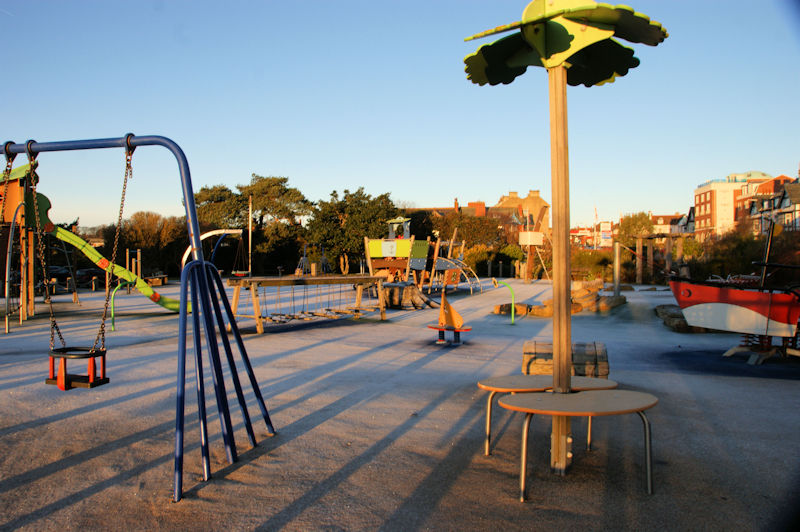
Commemorative Garden
The memorial garden is a place to sit and reflect. The garden has an amazing view through the oak arches of Whitby Abbey in the distance.
Jurassic Garden
The Jurassic Garden is great for exploring with children. It’s an area that depicts the Jurassic coastal aspect of Whitby and links with the fossil collections in the Whitby Museum. The plants, such as monkey puzzle trees, are also from the Jurassic period. On the footpath, you will find fossils, too and watch out for the replica of a Gharial crocodile.
The Floral Clock was initially installed in 1953 to commemorate the coronation of Queen Elizabeth II and became a permanent feature at the park. For many years it was loved, changed themes and featured different logos. Sadly, by 1979 the clock had fallen into disrepair, the clock hands were then removed, and the bed was planted up as a normal flower bed. The Friends of Pannett Park managed to then get grants and sponsorship to reinstate the clock in 2006.
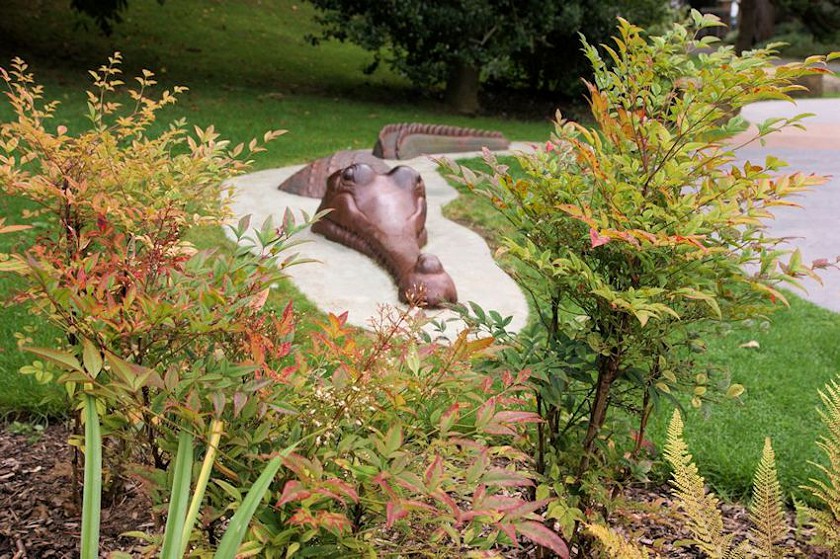
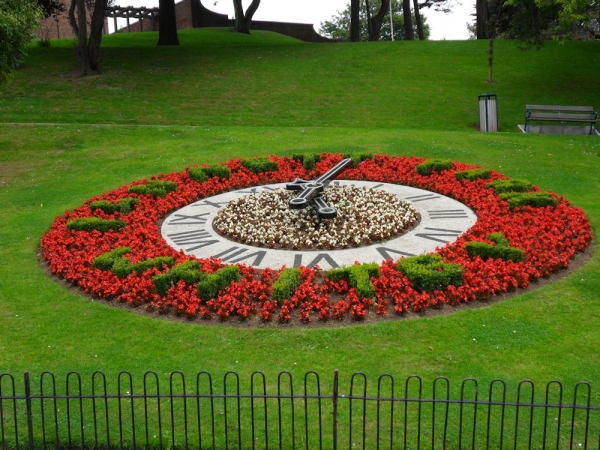
Community Garden
The Community Garden has a vegetable taster bed, and a ‘help yourself’ herb garden for public use. There are raised beds for use by people with differing abilities.
South Seas Garden
The South Seas Garden is separate from Pannett Park but connected to it by Union Terrace, this garden is designed to form a link between the town seen across the roof tops, Captain James Cook and the artefacts in Whitby Museum. There is Maori imagery and art, and the planting reflects the Southern Hemisphere.
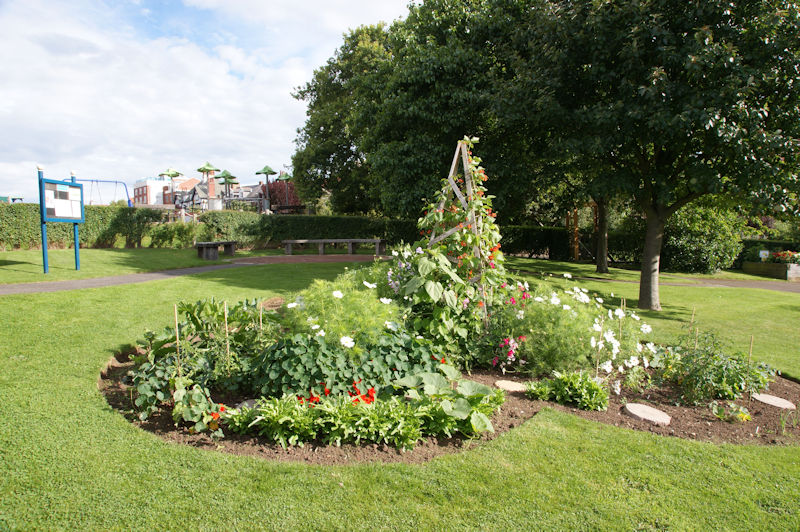
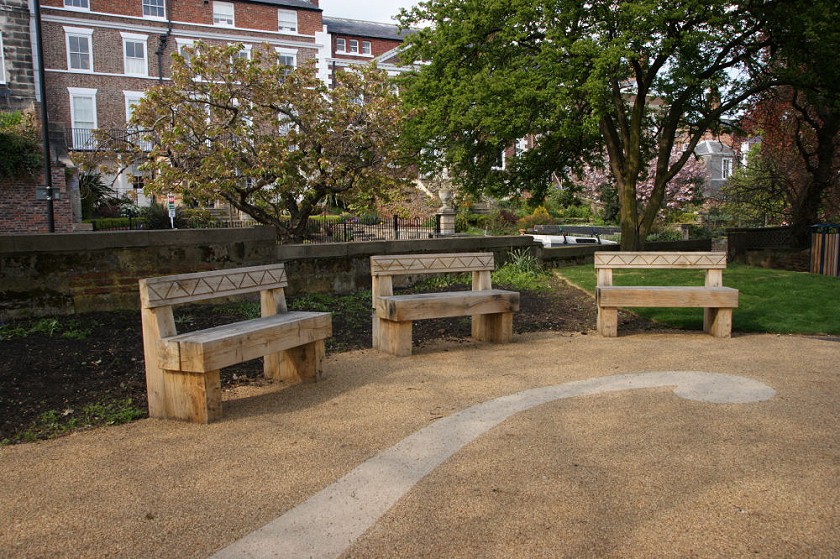
Whitby Museum
The Whitby Museum sits in Pannett Park and has various collections such as Local History, which dates back to the Middle Stone Age, through the Iron Age, Roman, Saxon and Victorian eras. Maritime Heritage, including the Whaling Industry, ship builders, explorers, and the fishermen of the town; also shipwrecks and Lifeboat rescues.
Pannett Art Gallery
The Art Gallery boasts a mix of 19th and 20th Century paintings on permanent display:
The Staithes Group of Artists – English Impressionists, painted and exhibited as a group, in and around Whitby, from 1894 – to 1909.
The Weatherill Collection – two generations of Weatherill artists painted in Whitby and the area throughout the 19th and early 20th Centuries.
The gallery also hosts a range of exhibitions annually and shares a building with Whitby Museum.
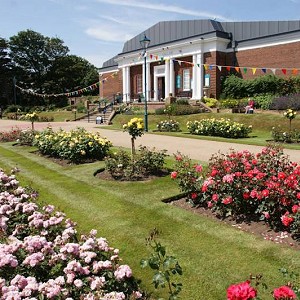

Pannett Park covers 3.3 hectares and has steep gradients in places. A path crosses the park from Chubb Hill at the lower end up to St. Hilda’s Terrace and is illuminated from dusk to dawn. A route avoiding steep gradients and steps circles the museum and takes in the main drive, Community Garden, play area, outdoor classroom, neolithic rock art and Commemorative Garden. It crosses the top of the embankment via the bedding display and sun dial, and has gorgeous views of the park and town below. The play area has equipment for use by all ages, much of which can be used by people with special needs.
Parking is on-street or at the Leisure Centre Car Park, not far from the Jubilee Gate entrance to the park.
For lots more information about the park, go the their website Here

